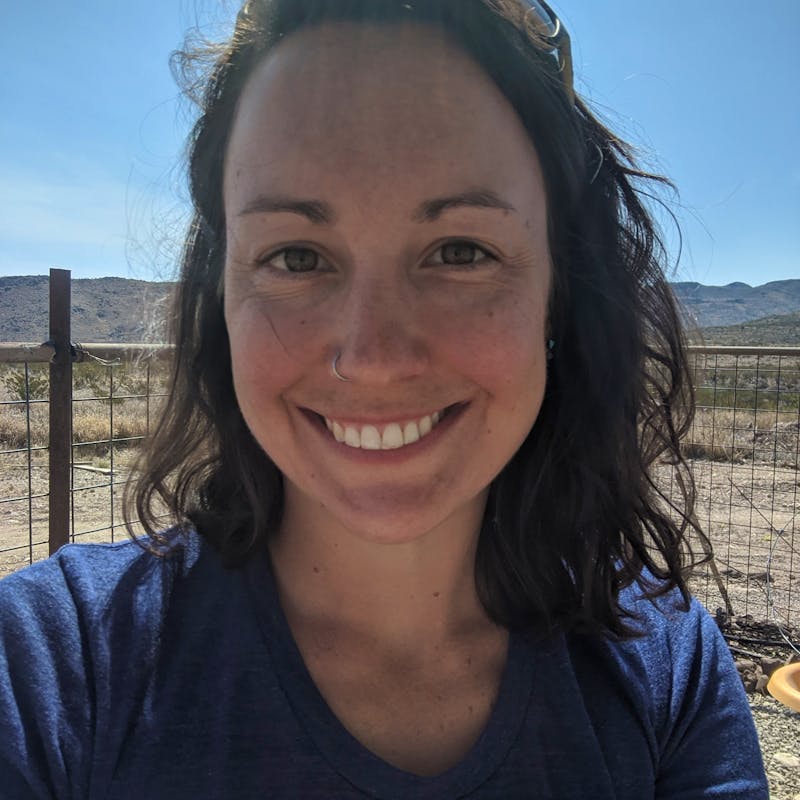This time of year, there’s no shortage of holiday displays with reindeer pulling sleighs. But despite how common they appear during the holiday season, the reality is far from true. On December 12, the U.S. Fish and Wildlife Service added a new population of caribou or “reindeer” to its list of federally protected species under the U.S. Endangered Species Act.
Reindeer get their name from “rein” which is old Norwegian for deer. So, reindeer technically means “deer deer.” Reindeer are a domesticated subspecies of wild caribou originating in northern Europe. Taxonomists currently recognize six species and 17 living subspecies of caribou. The name caribou comes from the Eastern Canadian First Nations’ Mi'kmaq word qalipu, meaning "snow shoveler." The name comes from the art of using their broad noses, hooves and antlers to bulldoze away snow exposing lichens, sedges and mosses, which are a major food source.
The importance of caribou to the Arctic ecosystem cannot be overstated. They’re vital drivers in ecological processes in the Arctic, profoundly altering food-web dynamics and ecosystem functioning. Their waste is necessary to replenish nutrient-limited tundra soils and nourish the plant community. This creates healthier vegetation that draws the caribou back every season, sustaining healthy plant communities. Humans and predators alike are sustained by Arctic caribou.
Despite their importance to the Arctic ecosystem, populations of migratory caribou and wild reindeer have declined by 56% across the Arctic in the last 20 years due to human development and greenhouse gas emissions. Increasing temperatures, warming precipitation, and oil and gas development are the leading cause for the populations rapid decline. Changing weather is bringing increased rain-on-snow events; increased standing water duration, depth and presence; more severe insect harassment; longer snow-free seasons; and perhaps most importantly, changes in vegetation composition and availability.
Making the List
Caribou are a species that are subject to population fluctuation, so it’s not uncommon for herd sizes to ebb and flow some. However, this month the U.S. Fish and Wildlife Service recognized the Dolphin-Union caribou herd on Victoria Island, Canada, as endangered. It’s a “distinct population segment” of the barren-ground caribou found primarily on an Arctic island and the nearby mainland. Historically, the herd was more than 30,000 animals but currently numbers just 3,800. Between 2015 and 2018 alone, its population plummeted from 18,000 animals to just 4,000, largely due to the effects of a warming Arctic.
The Dolphin-Union caribou cross sea ice that forms over the Dolphin and Union Strait, as they migrate from Victoria Island to their winter grazing grounds on the Canadian mainland. However, climate change is melting that essential travel corridor and changing the ecosystem and food supply on their island.
Climate change is also affecting other caribou populations through a reduction in food availability and an increase in rain-on-snow events. This results in ice layers forming in the snow that makes digging for lichen much more difficult. Historically, caribou select seasonal ranges that are strongly influenced by their available forage to maximize nutritional intake. They do this through large-scale migratory movements, prioritizing high quality habitat, responding to changes in plant phenology and availability, and reacting to reduce harassment by mosquitos and parasitic oestrid flies. Thus, protecting the ability of caribou to migrate is critical.
People are a threat to caribou and reindeer in other ways beyond changing their climate. Logging, road construction, and development and oil and gas extraction are reducing and fragmenting their habitat. Scientists have found that, in particular, development for oil and gas fields have had a significant effect on caribou. Even with mitigation, caribou populations are seriously affected by the mechanisms of oil and gas exploration and development as their habitat continues to face fragmentation. Disturbances from production lead to flight responses in caribou, causing them to expend critical energy reserves in the winter months when forage is limited and calories are hard to come by. Caribou actively avoid ice roads that are built to connect oil pads in the Arctic. It is well documented that maternal caribou with young calves do not habituate to road traffic. This effects their ability to successfully traverse though an arctic tundra increasingly dotted with oil pads and connected by ice roads.
Defenders of Wildlife is actively working to protect caribou habitat from development and is advocating for the U.S. government to take action to reduce the nation’s carbon footprint in an effort to protect wildlife impacted by climate change. In a process known as Arctic amplification, the Arctic is now warming four times faster than the rest of the planet and climate scientists predict that the North Pole could be ice free as soon as 2050. The outlook for reindeer, this time of year, or any, looks pretty bleak unless we can persuade governments to act faster and more substantively to reduce greenhouse gas emissions and save sea ice. Listing threatened populations under the ESA is an important step in providing protections to caribou. In order to ensure their viability into the future, Defenders will continue to advocate for reductions in our carbon footprint, the protection of intact caribou habitat and migratory corridors, and appropriate conservation measures, including ESA listings.












Follow Defenders of Wildlife
facebook bluesky twitter instagram youtube tiktok threads linkedin